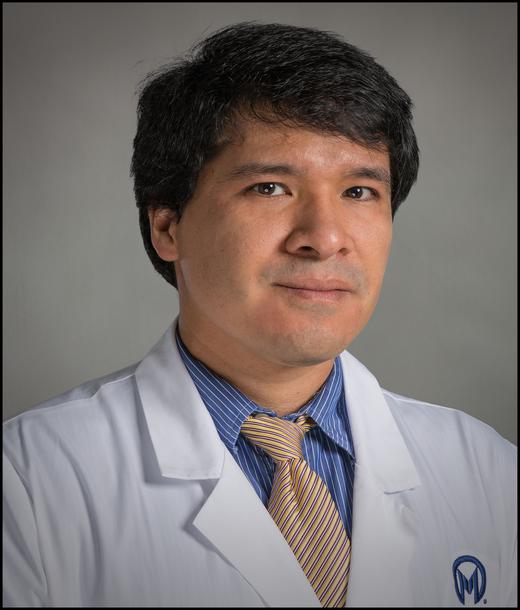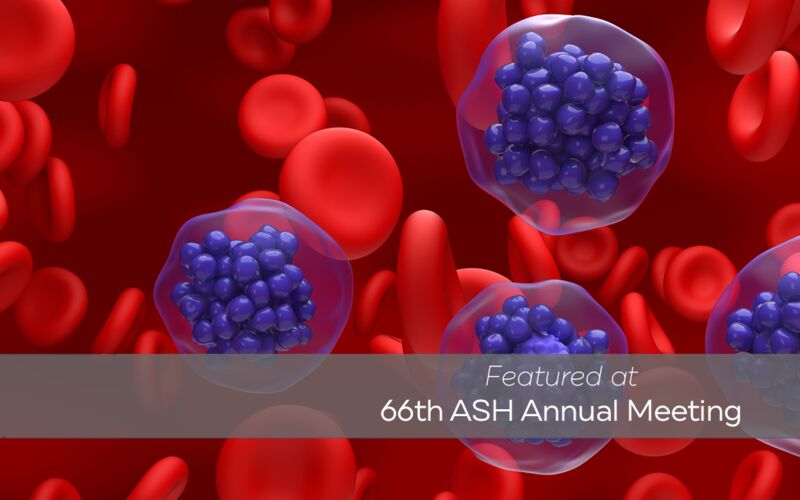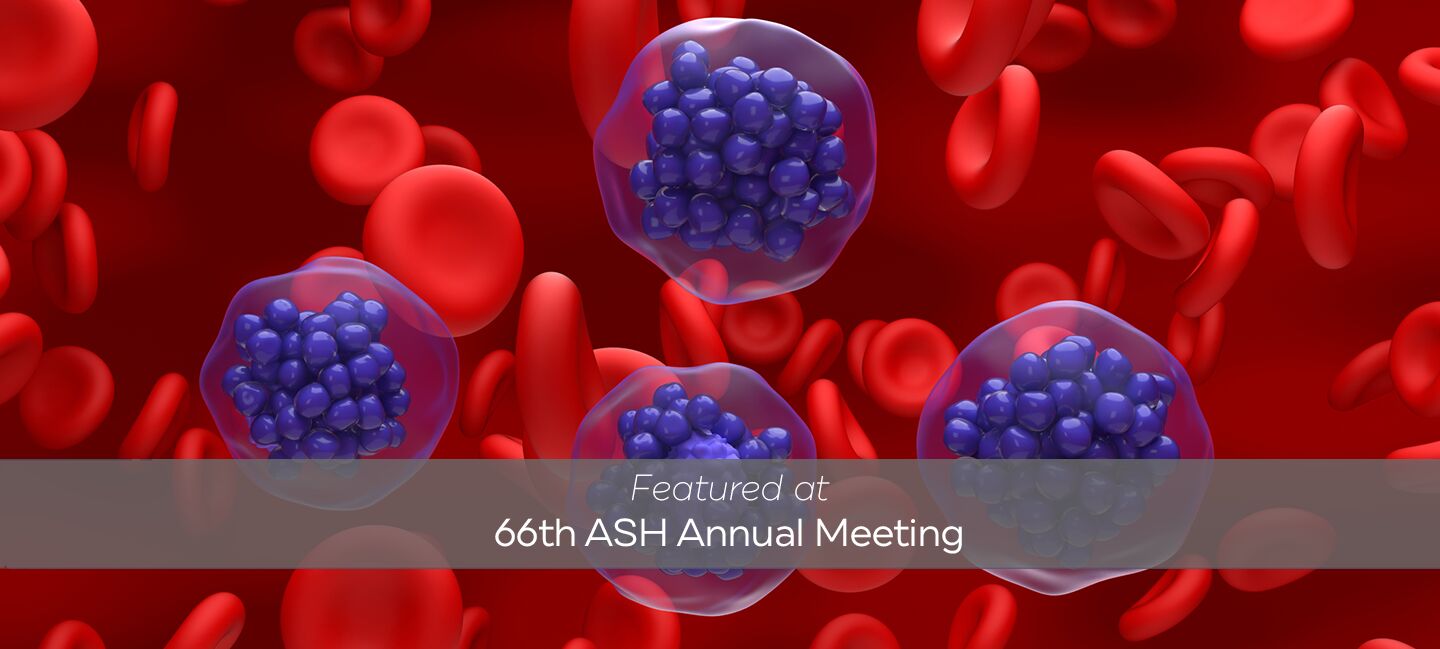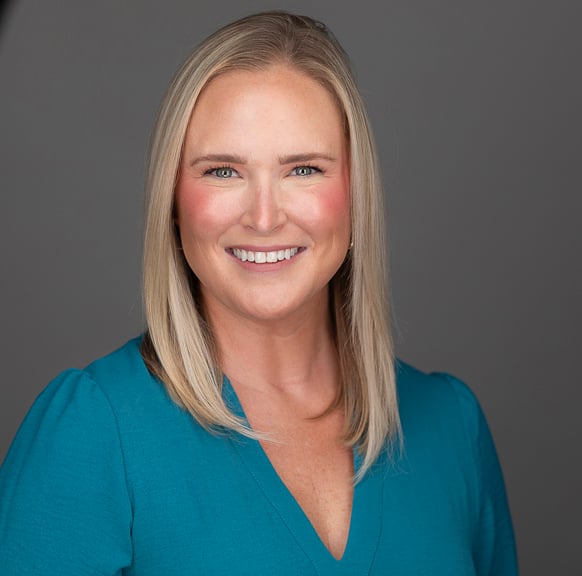New Treatment Combination Improves Outcomes for Relapsed or Refractory Large B-Cell Lymphoma
Researchers at Moffitt Cancer Center are studying a new combination therapy that has shown positive outcomes for patients with relapsed or refractory large B-cell lymphoma. Large B-cell lymphoma is a form of non-Hodgkin lymphoma that affects the lymphatic system, a network of lymph nodes, vessels, organs and tissues that maintains the body’s fluid levels and helps fight off infection.
“It is an aggressive cancer, and usually patients need to be treated as soon as they are diagnosed. It is a curable cancer, even for stage 4 disease; however, we cure only about 60% to 65% with standard chemotherapy,” said Julio Chavez, MD, a hematologist in the Malignant Hematology Department at Moffitt.

Julio Chavez, MD
The phase 2 study presented by Chavez at the annual meeting of the American Society of Hematology in San Diego offers hope to patients with relapsed or refractory large B-cell lymphoma who did not respond well to previous treatment. It investigates the combination of two targeted therapies, mosunetuzumab and polatuzumab vedotin (M-Pola), a promising alternative to the standard treatment of rituximab plus polatuzumab vedotin (R-Pola).
Researchers compared the two treatment regimens among 80 patients over 20 months. One group received the combination of M-Pola as an injection under the skin, while the other group received the standard combination of R-Pola through an IV infusion.
“As patients progress, the road becomes a little rocky. The best therapy that we have for refractory patients is chimeric antigen receptor therapy (CAR T). But we can only cure 50% of those patients. So, there is an important need for new treatments in the relapse setting,” Chavez said.
The new combination showed significantly better results compared to the standard treatment. Patients who received the M-Pola combination had a higher overall response rate of 78%, meaning most patients saw an improvement in their disease, compared to 50% receiving the standard treatment. Even more encouraging, the new combination achieved a complete response rate of 58%, nearly double the 35% seen with R-Pola.
Chavez also observed that both treatments had manageable side effects, but M-Pola had a more favorable safety profile. It showed low rates of cytokine release syndrome, a common side effect of immunotherapies that can lead to hospitalization for close monitoring and treatment.
“After patients relapse post CAR T, there are no good options out there. The survival rate is usually short, with a median survival of six months,” Chavez said. “To have patients respond significantly [to M-Pola], I think it offers hope to those who don’t have access or respond to CAR T. So, that is why we are excited about these findings.”
Another goal of the study was to see if the therapy could be done as an outpatient approach, making the treatment more accessible for patients without staying in the hospital. Results are promising, and research is continuing as the M-Pola combination is now being tested in a larger phase 3 trial.




